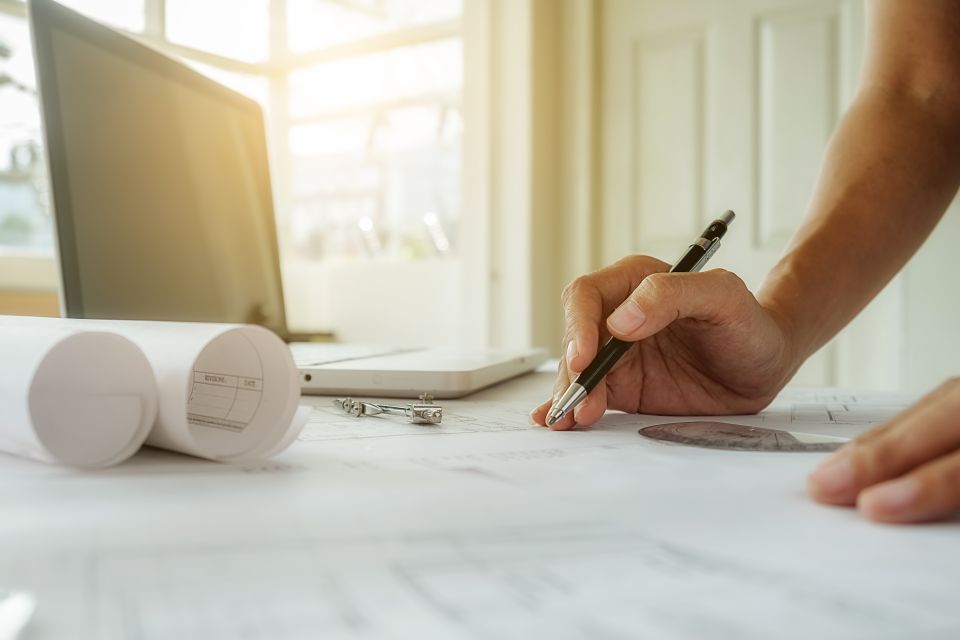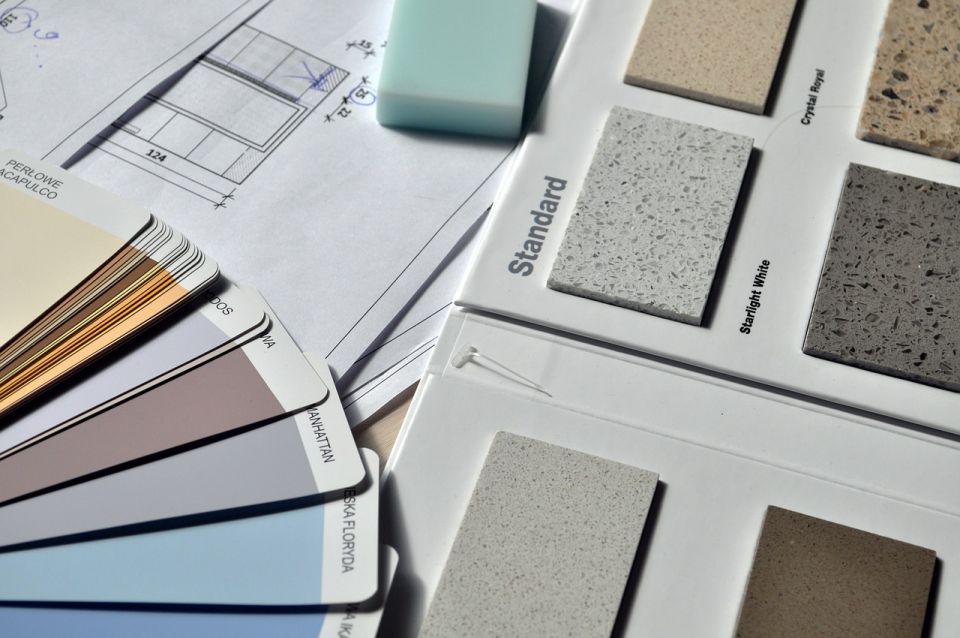Renting my newly bought flat
Many homeowners ask themselves "how rent my newly bought flat? Every year, Monapart offers a hundred or so rental properties in almost all of the most interesting neighbourhoods of Albacete, Alicante, Barcelona, Girona, Madrid, Tarragona y Valencia.
Often, these flats meet the objective of becoming the home of someone unknown, but sometimes we are faced with "refurbished flats to rent" that are a disaster... causing a lower rental price and therefore an unnecessary loss of profitability. Let's take a look at some tips for nail the refurbishment of a rental property.
What are the steps to rent my newly bought flat?
Choose your client
Yes, you read that right; the renovation you can or want to do will determine which future tenant you have.
Of course the area and size are the most decisive factor, but given these "immovable" conditions it is up to you to put on the rental market a product that attracts a target concrete: the same 75m2 flat on a second floor without a lift in the Gràcia district of Barcelona can attract:
- Two Erasmus students who want to share a flat.
- A young married couple of liberal professionals with a baby.
One and the other profile will not have the same budget, will expect different levels of comfort and will demand different qualities. One profile is high turnover and the other a more long-term tenant; one is backed by foreign parents and the other relies on income from work done... Nothing to do with each other, right?
Well, now that we know that, within a margin, we can select our future tenant, these are the questions to (self-)formulate:
- How liquid do I need my asset to be? In other words, can I afford not to be able to sell my property in the next few years? Depending on your future outlook, your renovation should attract short term tenants (furnished flat, 100% equipped, for young people in particular, etc.). singles and foreigners) or long-stay (empty flat, equipped or not, leaving possible improvements to be agreed with the tenant).
- What is my risk profile? Do I want clients who pay more but with higher turnover (higher risk-higher return) or do I want them to pay me less but not move for 10 years? What do you want to rent one or the other?
- Can I or do I want to invest more and therefore be more demanding with the rental conditions or would I prefer to invest less and compete on price, attracting people who can pay less?
There are more questions you could ask yourself, but these seem to me to be the three essential ones. Once you have answered them and you are clear about the profile of the tenant you want to have, it will be time to specify where and how you want to have a tenant. materialises your investment.
Organise the floor plan

In my view, a good floor plan and natural light is almost all you need to rent a property in a tris. The latter is not up to you once you have the property, but the former is entirely up to you. Generally speaking, a "neutral" floor plan that can be used for different occupations is always the best option, which is why the flats in Barcelona's Eixample are so interesting; they can be used as a family home, a shared flat, a professional office or a hostel. The size of the rooms is excellent, with two façades and intermediate courtyards, and yes... endless corridors, but often wide enough to accommodate auxiliary functions.
In any case, there is a first piece of advice that will make further reading unnecessary. Here it goes:
(One more time!)
Hire a professional to advise you.
(All together!)
Hire a professional to advise you.
If you still disregard this first and fundamental piece of advice, then follow the other five I am about to give you:
"Will a good renovation help me to rent out my newly bought flat? Sure, as long as you take the following layout issues into account:
- An optimal ratio between surface area and number of rooms: Rental prices are not only determined by area, surface and finishes, but also by the type of occupation that they admit according to the number of rooms and their size. Nowadays, a loft of 80m2 will generally be rented later and at a lower price than the same 80m2 with three bedrooms.
- An appropriate ratio between the number of bedrooms and the number of bathrooms. No one will object to an extra bathroom, and it also opens up the spectrum of potential tenants to those who choose to share a flat. If there are two bathrooms, it is enough if one has a bathtub.
- Better one large space than two small ones: living-dining-kitchen solutions in a large, continuous space are becoming increasingly popular, especially among young people (singles and couples).
- Rooms smaller than 8m2 are hardly considered suitable: We have too much stuff (furniture, computer, lots of clothes, decorative objects...) and they do not fit in small rooms anymore.
- Corridors are not cool, so if the floor plan of your property allows it, avoid them. Nobody pays a higher rent to have a corridor that only serves to get from point "a" to point "b". Besides, a corridor six metres long and ninety centimetres wide has the same surface area as a large bathroom, a medium-sized kitchen or an office, just imagine! If you have no choice, design it wide and fill it with cupboards.
Select materials and finishes for the renovation of the house.

The third and final part of this post is aimed at identify the criteria that should guide your decisions when choosing the materials and finishes of your rental property. Let's get down to business:
- Fashion: If you are observant, live in Barcelona and have been browsing property portals, you will have noticed that hydraulic floors, unvarnished natural wood parquets, bevelled tiles, exposed ceramic vaults and a host of stylistic "tics" have become standard in rental refurbishments and property developments. This is because the property market is beginning to respond to the arrival of a new generation of tenants and buyers: men and women between 25 and 35 who are entering the rental or first home buying market. Obviously there is life outside hipster interior design and clients of all tastes, but if you have a conventional home and you want them to fight over it, it is a good idea to adapt it to the tastes of the majority group in demand. This is the one described above.
- Maintenance and cleaning: This is easier than it sounds, and you will soon discover this when you have to clean up a property that has been occupied by one tenant and is awaiting the arrival of the next.
- Joints are not cool: they are where all your own and other people's dirt accumulates, moulds, yellows and tarnishes any poorly maintained floor or wall tiling. Try to reduce them as much as possible by opting for jointless or large-format tiles or flooring.
- Satin paint (and white, for God's sake!) for walls: I'm a big fan. It has a subtle reflection that enhances luminosity, is pleasant to the touch, stains infinitely less and wipes clean with a damp cloth without leaving a mark. It is acrylic and its cost is just imperceptibly higher.
- PVC or porcelain floor tiles (even if they look like wood): Forget about scratched, polished or waxed. The quality is increasingly higher and there are those that imitate natural woods and the hydraulic flooring I mentioned above.
- Simplicity: The less technology the home incorporates, the more the risk of breakdowns, repairs and the need for spare parts will be reduced. Opt for simple and robust technological solutions that prioritise durability, ease of use and serviceability rather than high performance or sophistication.
- Ease of replacement: Here we come to less obvious issues, and where I would like to make a more personal judgement. I am of the opinion that at equal costs, it is always better to opt for solutions that are easy to dismantle: fitted flooring instead of glued, exposed installations (placed with good criteria to conceal their presence), MDF partitions supported on the floor instead of interrupting it, bathroom and kitchen furniture without too much complication, etc.
So, can I rent out my usual residence, which I renovated to rent out?
To make sure you don't forget anything, let us briefly review the three key steps to ensure you get the most out of your investment in a home renovation for rental:
- Get advice from a real estate agent to help you identify the ideal and most likely client for your property.
- Get advice (yes, again) from a specialist (architect or interior designer) to design the optimal spatial and organisational solution with your ideal and likely client in mind.
- Make a joint reflection with your specialist on which materials to use, where to invest for the long term and where to invest for more frequent replacement.
And this is how we respond to our clients who frequently ask us "how to rent my newly bought flat". And it seems to work for them...


